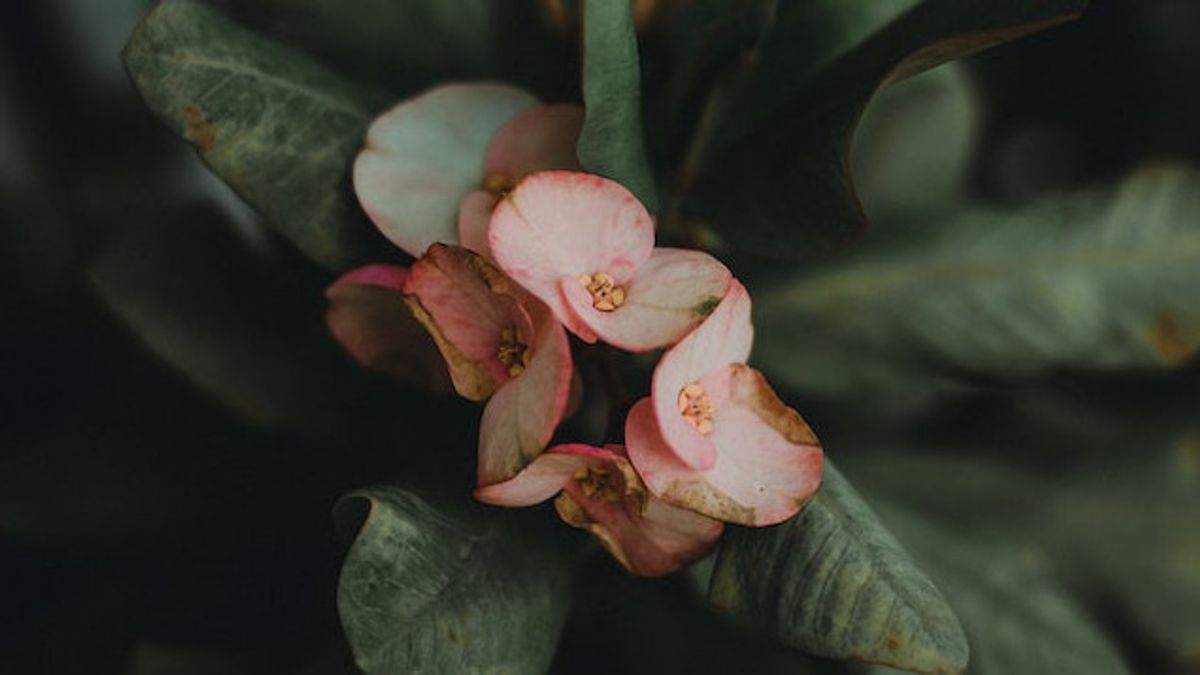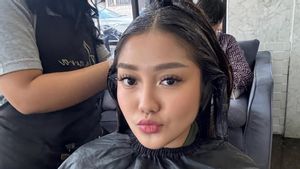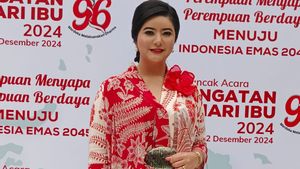JAKARTA - Polynautous animals are animals that are intermediaries for pollinating plants. Bees, beetles, birds, bats, vegetables, and butterflys are examples of polynatic animals. So, do succulent plants that have leafy characteristics or thick stems can attract polynatic animals? The answer, yes!
Sukurlen attracts bees and other pollinators as these animals look for food and fire. The pollination process helps succulents thrive. Provide succulents in various colors, flower shapes, sizes, and smells to attract all types of pollinators.
Reporting from the Taste of Home page, Friday, March 10, here is a list of succulents that attract polynatric animals. Let's plant at home!
Sempervivum or commonly known as hens andploys is a popular strong succulent plant that can grow outdoors, even in a very cold climate. The term hens and airbags (heams and chickens) comes from their habit of producing fertile cubs, which grows right around their bases such as chicken mothers with chickens full of chickens. The unique shape of the sempervivum that resembles a star makes polynatric animals interested in approaching them.
Echeveria is a succulent plant that is easy to care for. This variety grows well in the home page or is grown in pots. Most echeveria are not toxic to cats and dogs. This plant from Central and South America has thick leaves and forms a rose pattern. The curved shape of the rose is highly favored by kolibri and butterfly birds.
Collibri birds also like dudleya. This sukulen has bright yellow flowers that are an attraction for bees in the park. This is an abundant source of fire for polynatists. This type of succulent grows with or without cabamg. Both types can be reproduced either in the yard or in pots.
Crassula is the only most easy to care for succulent. Its shape resembles a jade plant with dark green leaf color, it's just that creditula has white flowers. This thin flower has a sweet and light aroma, making it easy to attract bees.
Some types of haworthia are similar to aloe vera. This plant can be a great alternative to replacing aloe vera if you have a pet. Haworthia invites polynators because the height reaches a diameter of about 1 inch. This makes it an attractive stop for bees and butterflys to look for food.
Kalanchoe is also called flowering duck cocor. As the name implies, this plant includes a family of duck cocor plants but more often flowering, so it is in demand as an ornamental plant. This plant is quite tolerant of drought, but its water needs must continue to be monitored because lack of water can hinder the development of bright-colored flowers.
One of the attractions of euphorbia is that it is easy to care for. This succulent can thrive in cool places or those exposed to a lot of sunlight. Euphorbia can even live with unfavorable soil conditions. The striking colors of euphorbia flowers make it a sweet meal of polynatic animals. In addition to color, the sweet aroma of euphorbia resembling honey is also very much liked by bees.
The English, Chinese, Japanese, Arabic, and French versions are automatically generated by the AI. So there may still be inaccuracies in translating, please always see Indonesian as our main language. (system supported by DigitalSiber.id)













